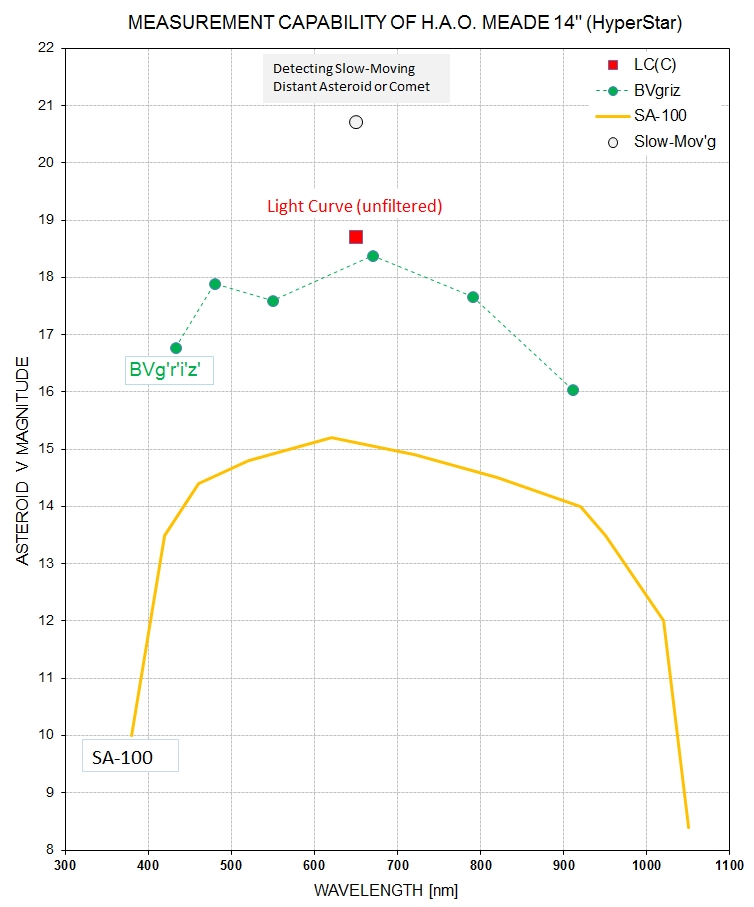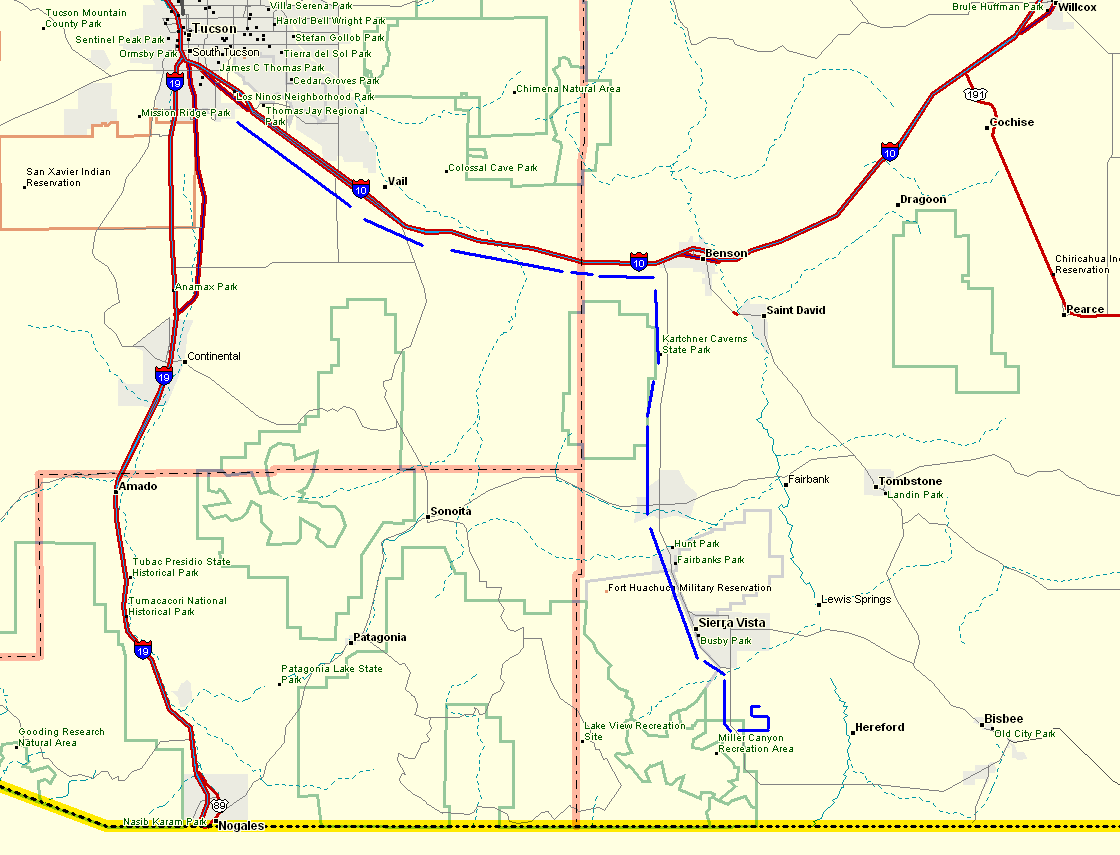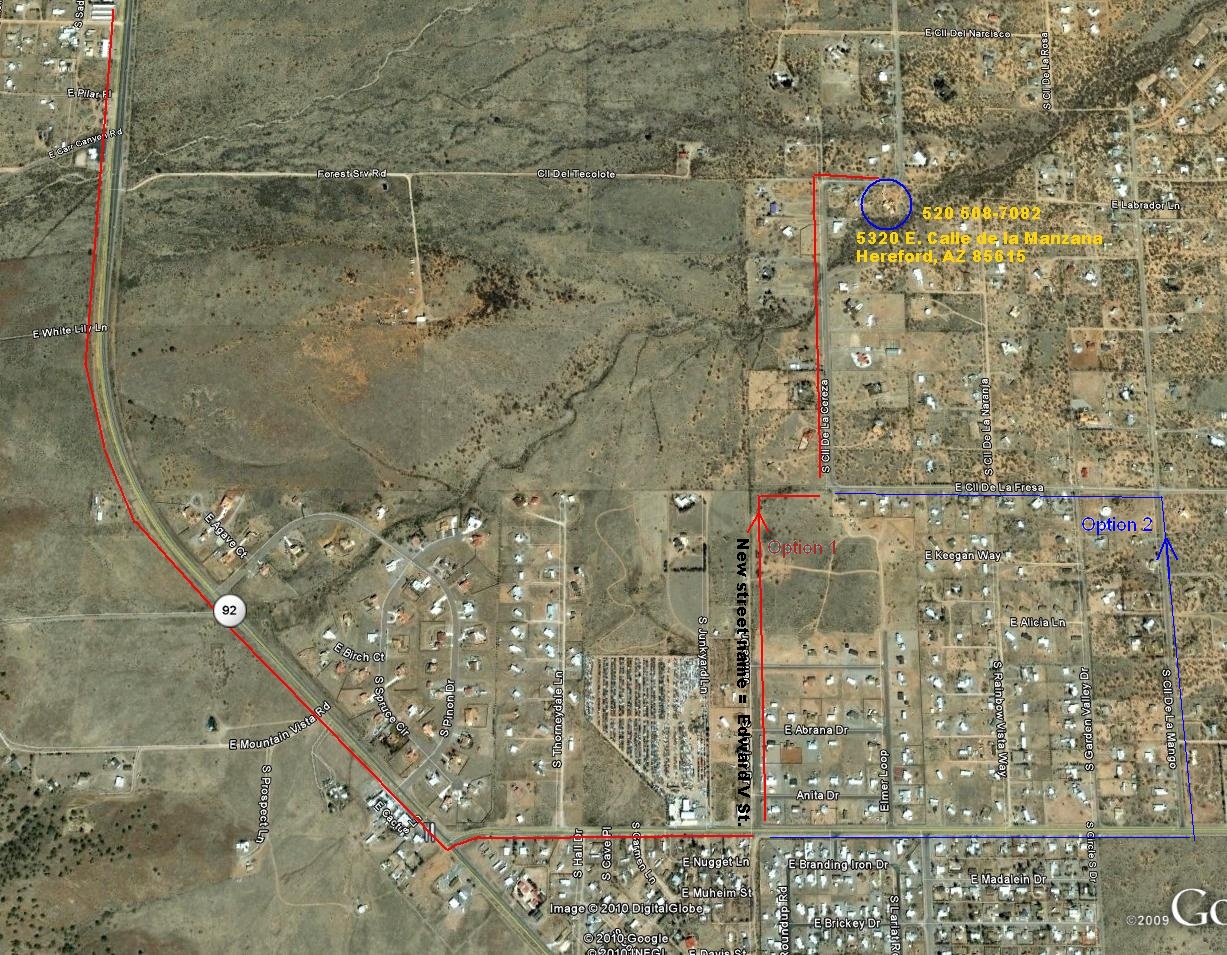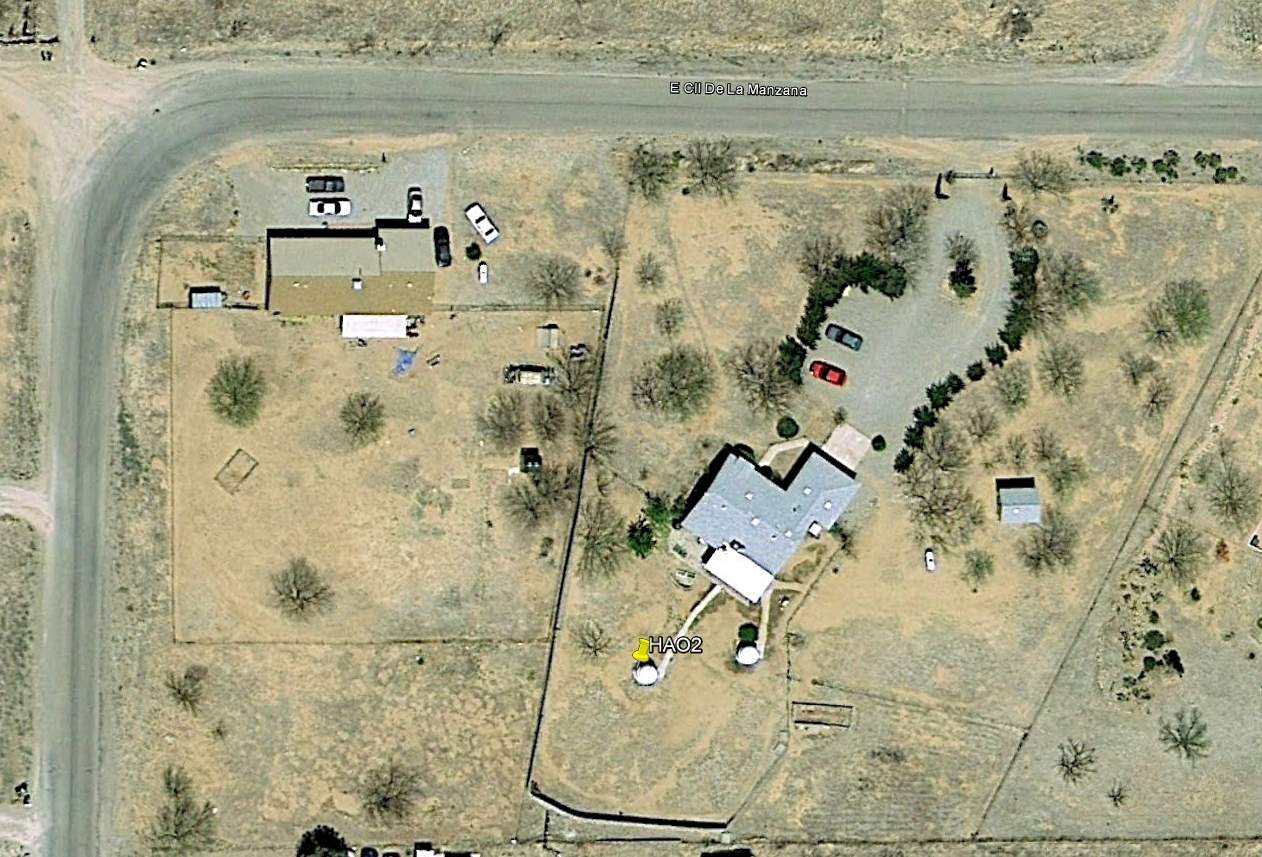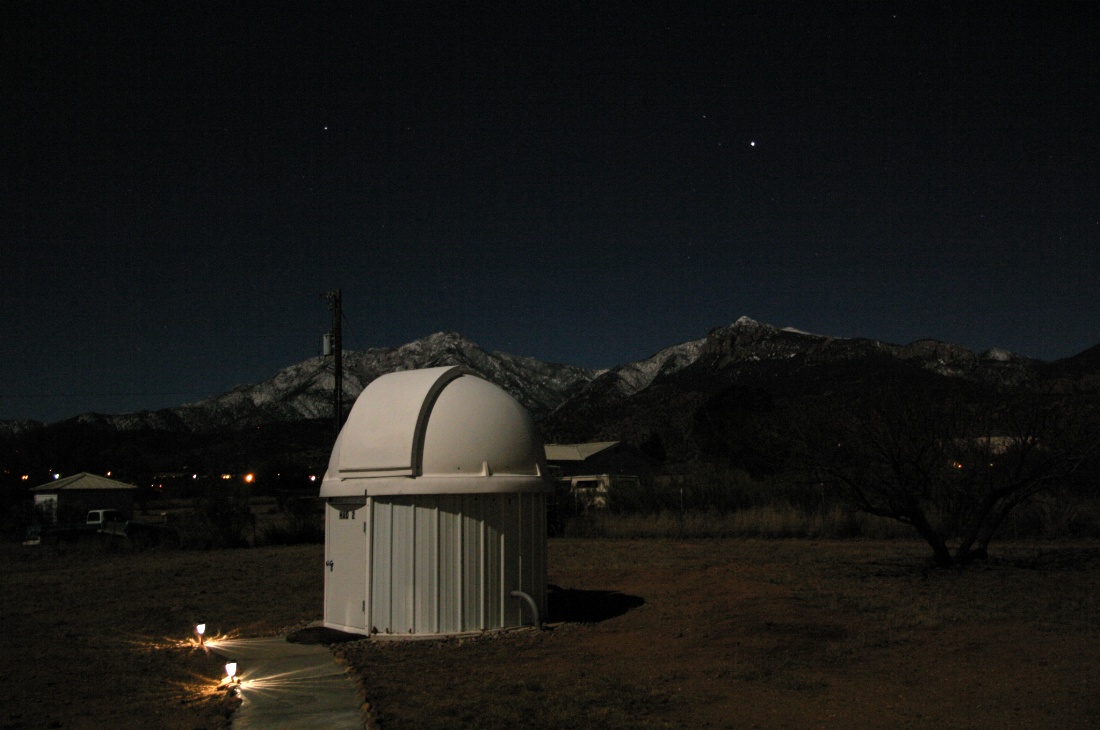
HAO#2, illuminated by a full moon, with Venus setting above mountains with snow-covered peaks at 9500 feet.
Links Internal to this Web Page

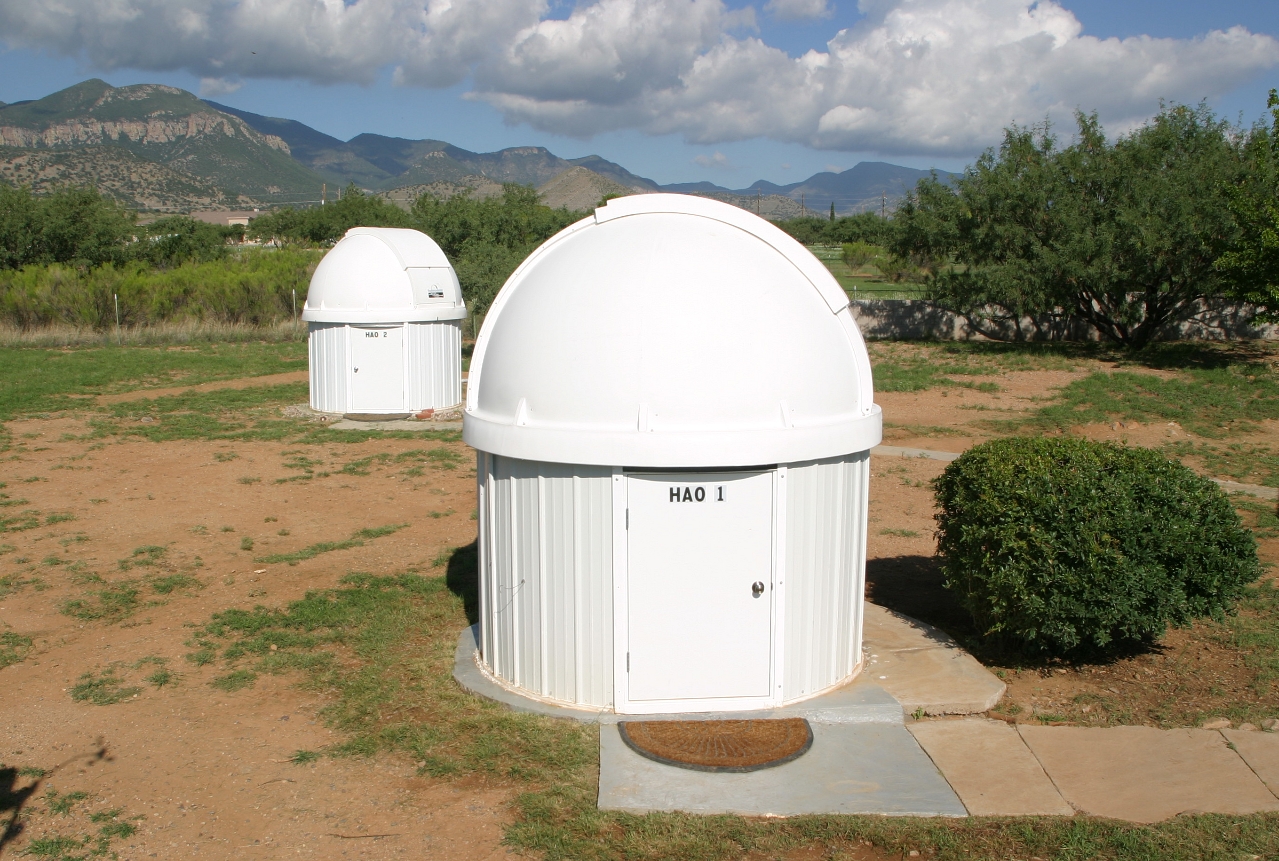
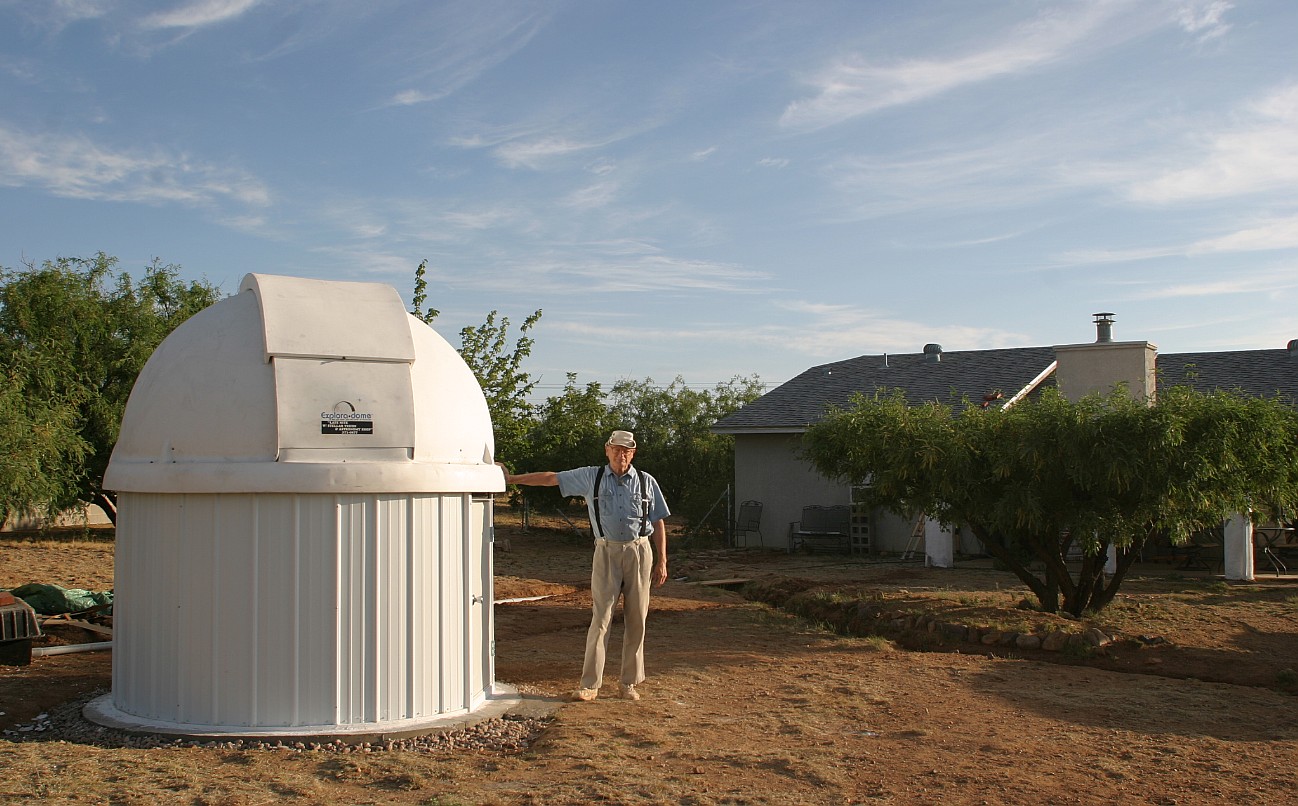
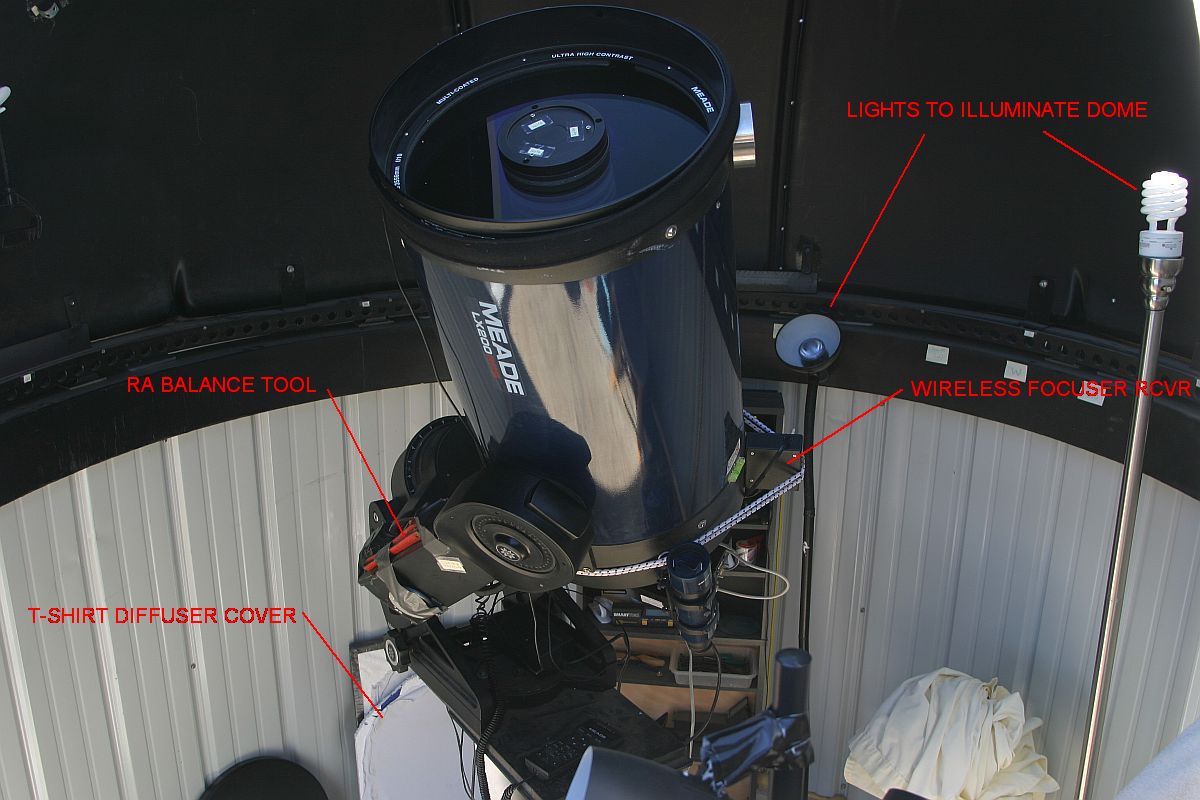
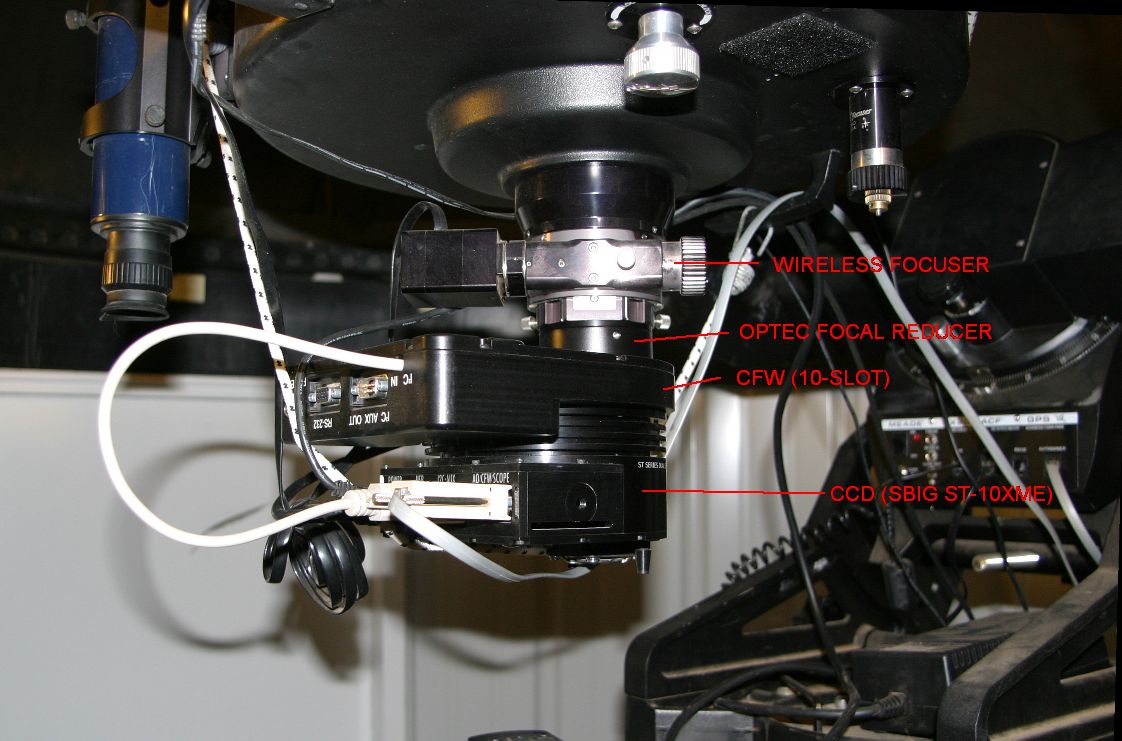
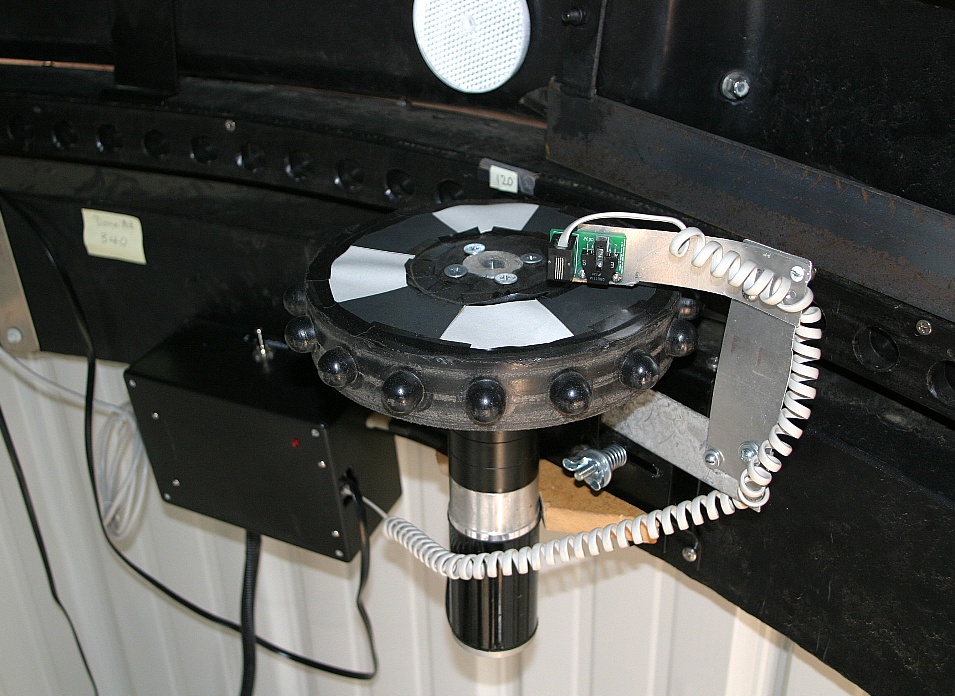
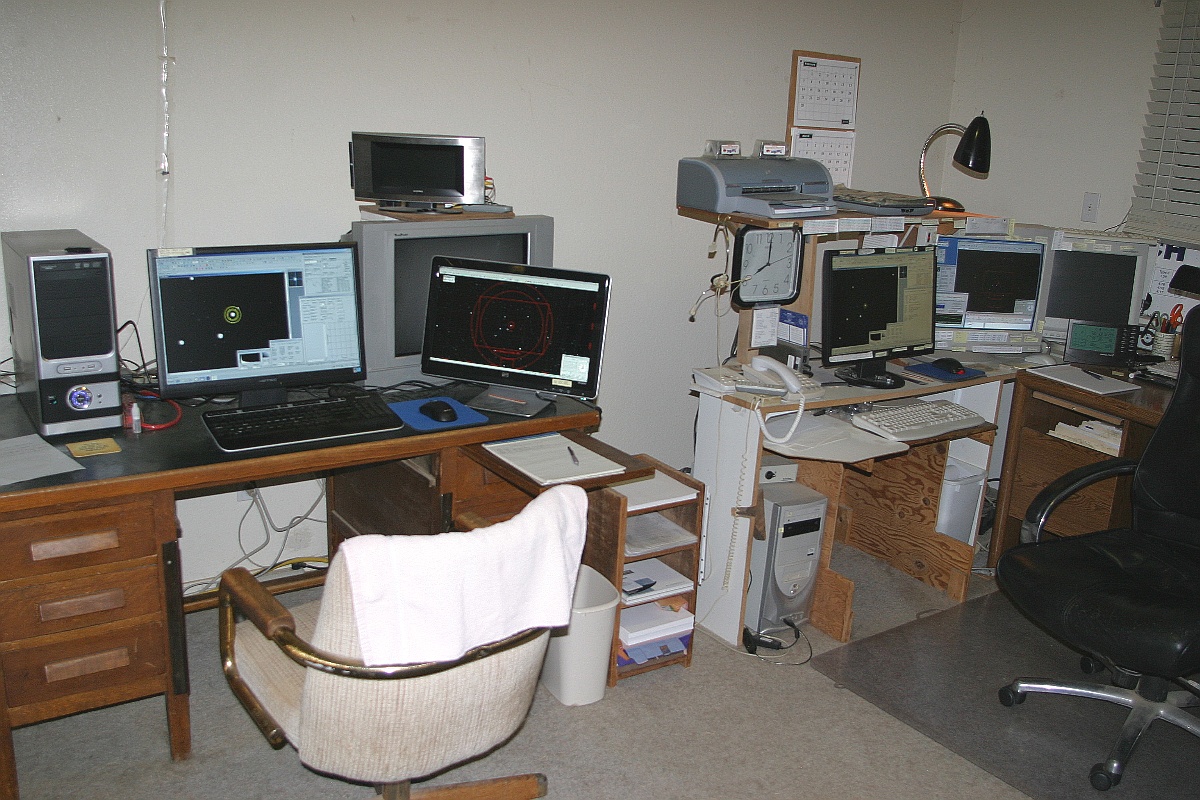
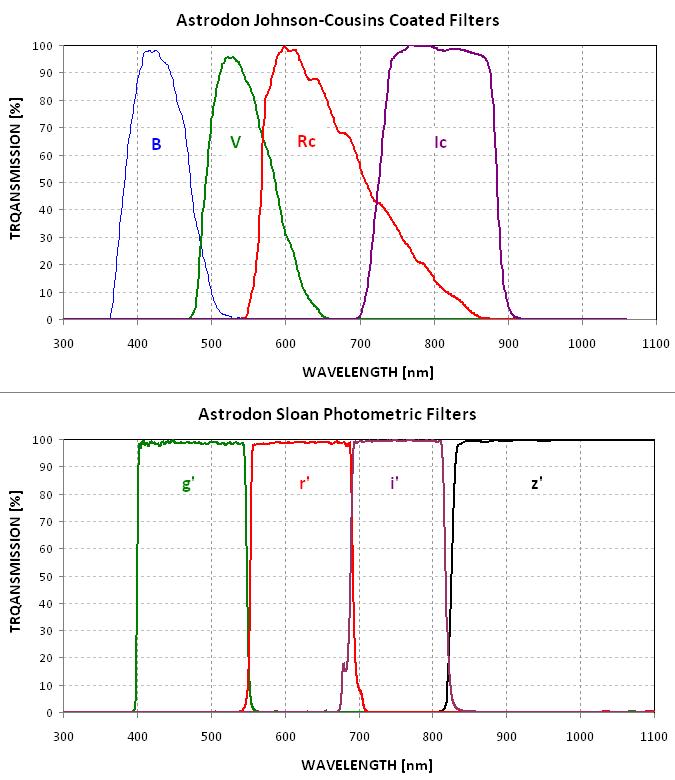
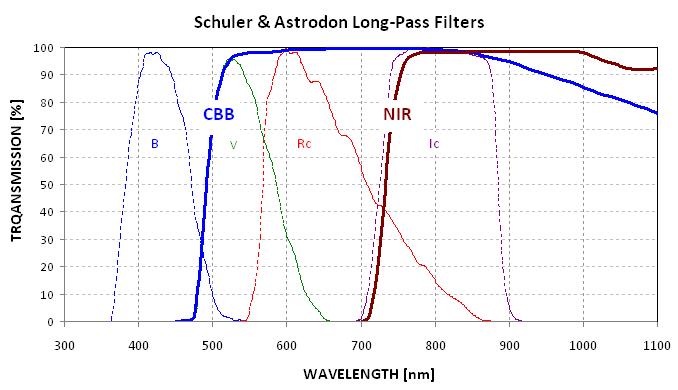
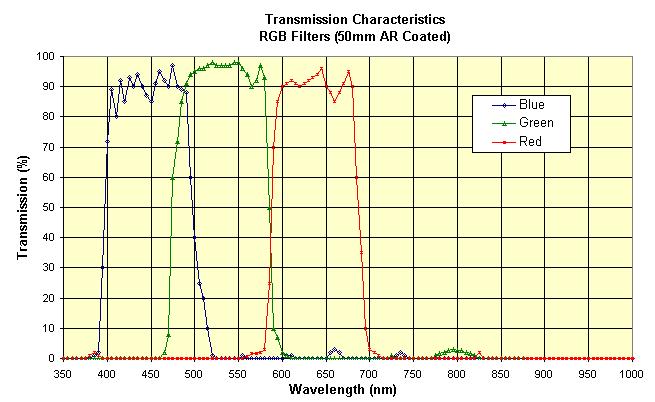
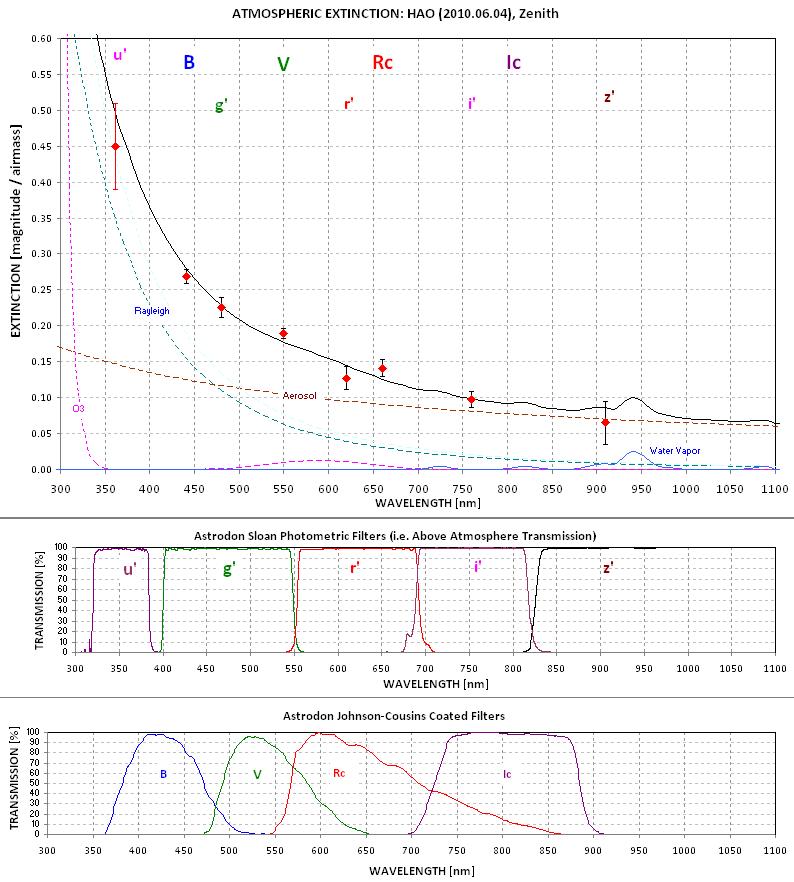
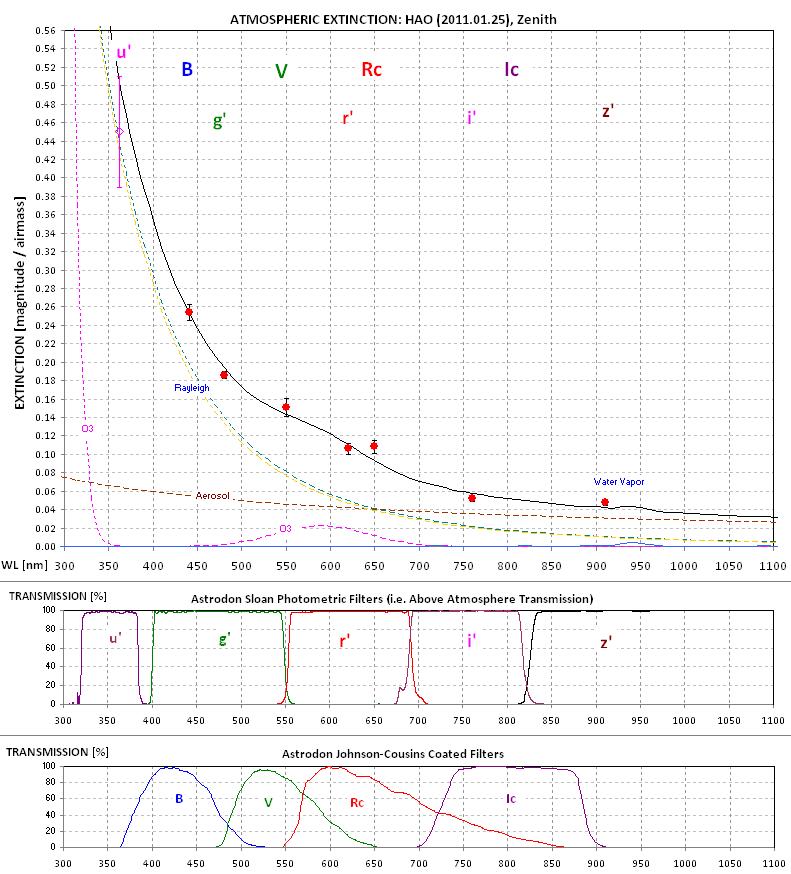
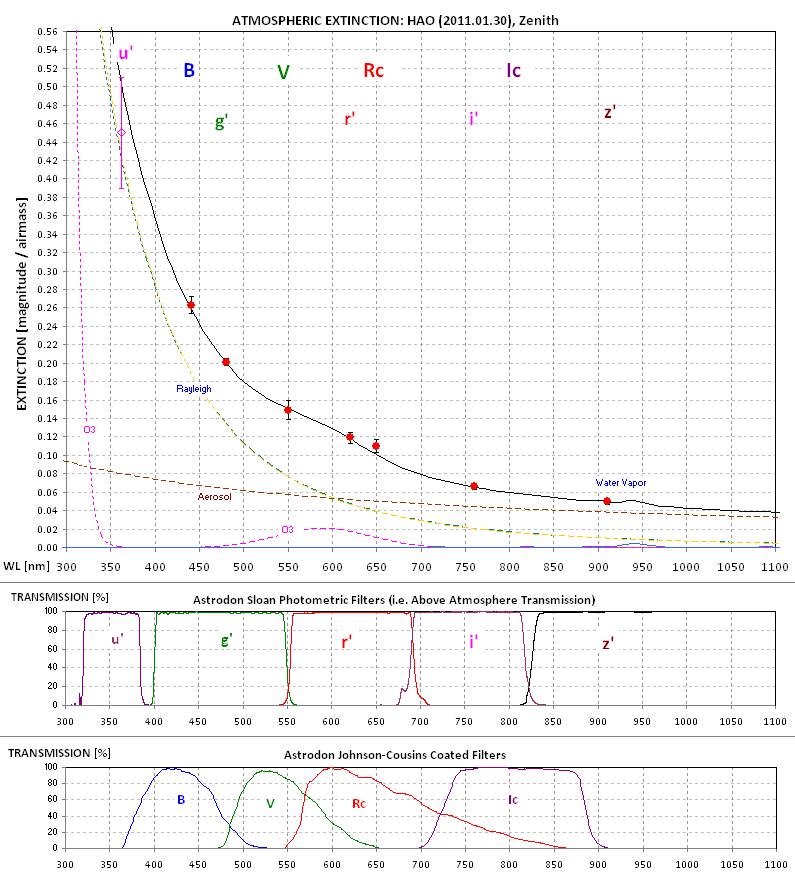
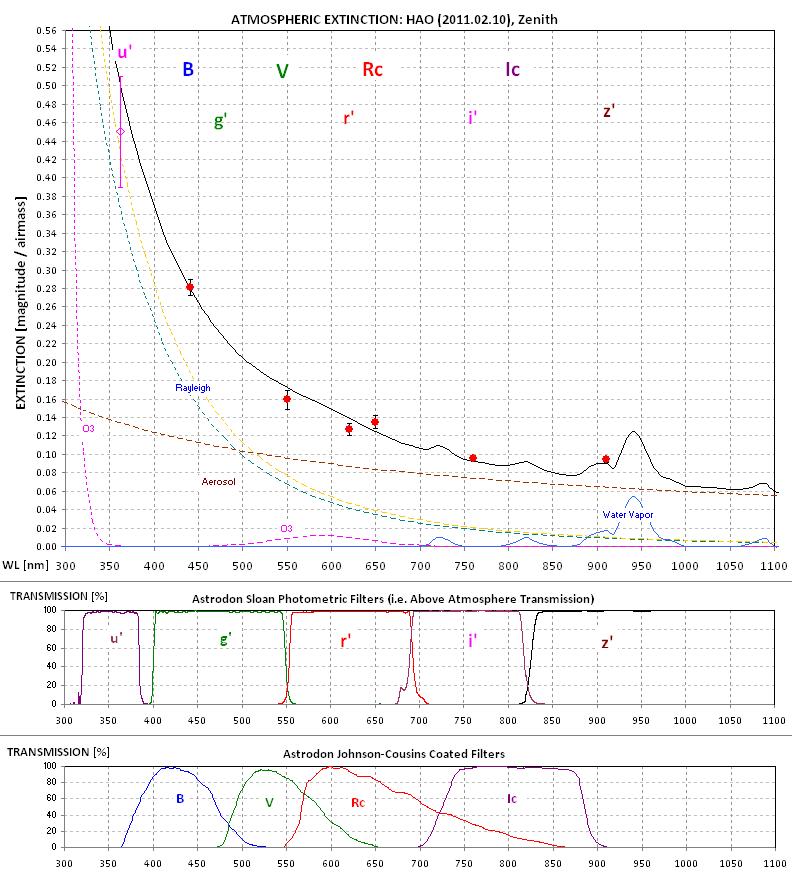
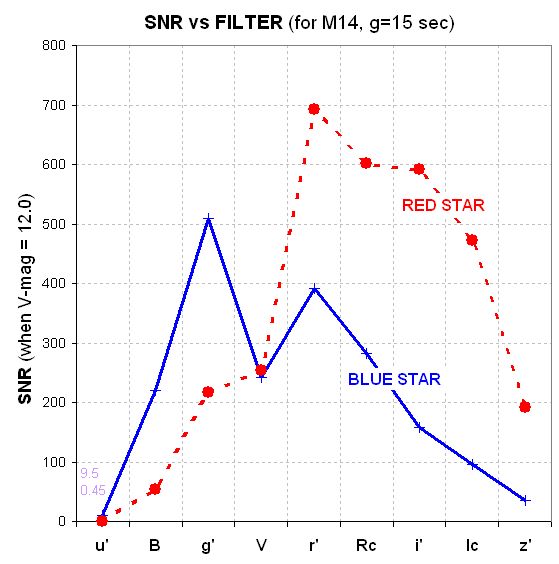
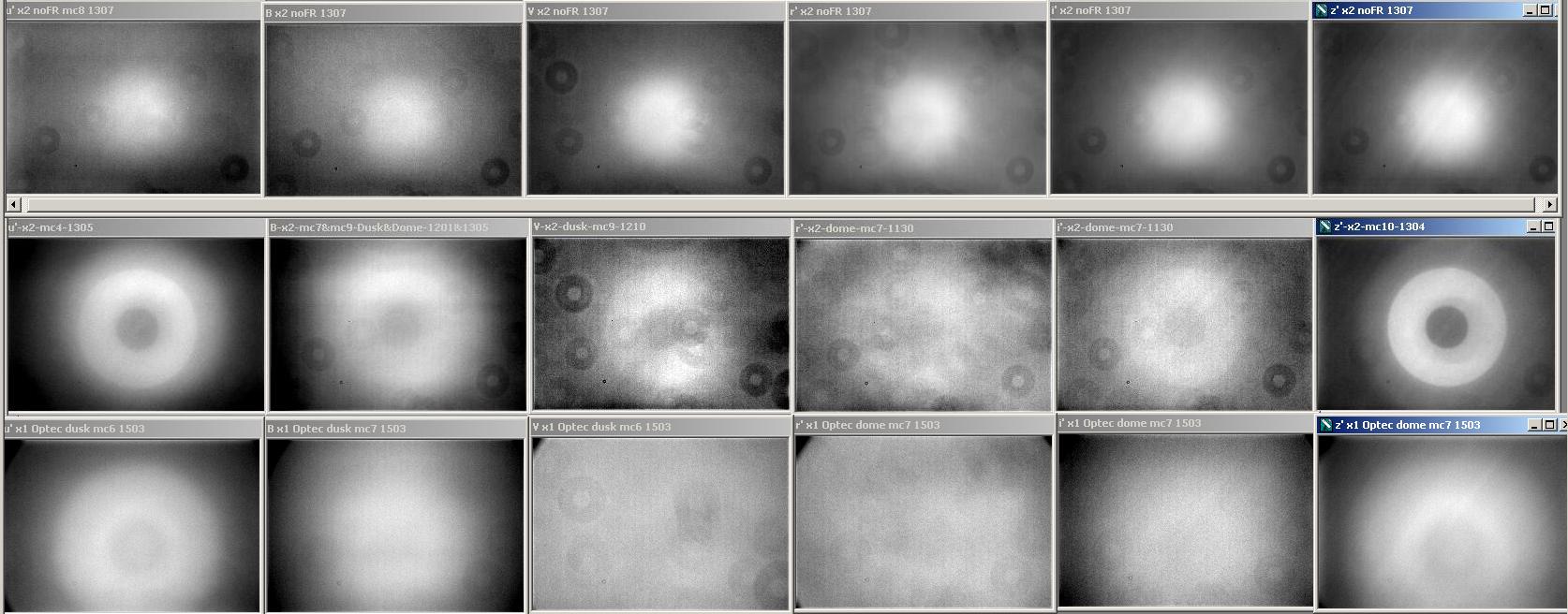 Flat fields with no focal reducer (top row), a
standard focal reducer (middle row) and a higher quality Optec
focal reducer designed for use with this model telescope (and
having multi-layer anti-reflection lens coatings).
Flat fields with no focal reducer (top row), a
standard focal reducer (middle row) and a higher quality Optec
focal reducer designed for use with this model telescope (and
having multi-layer anti-reflection lens coatings).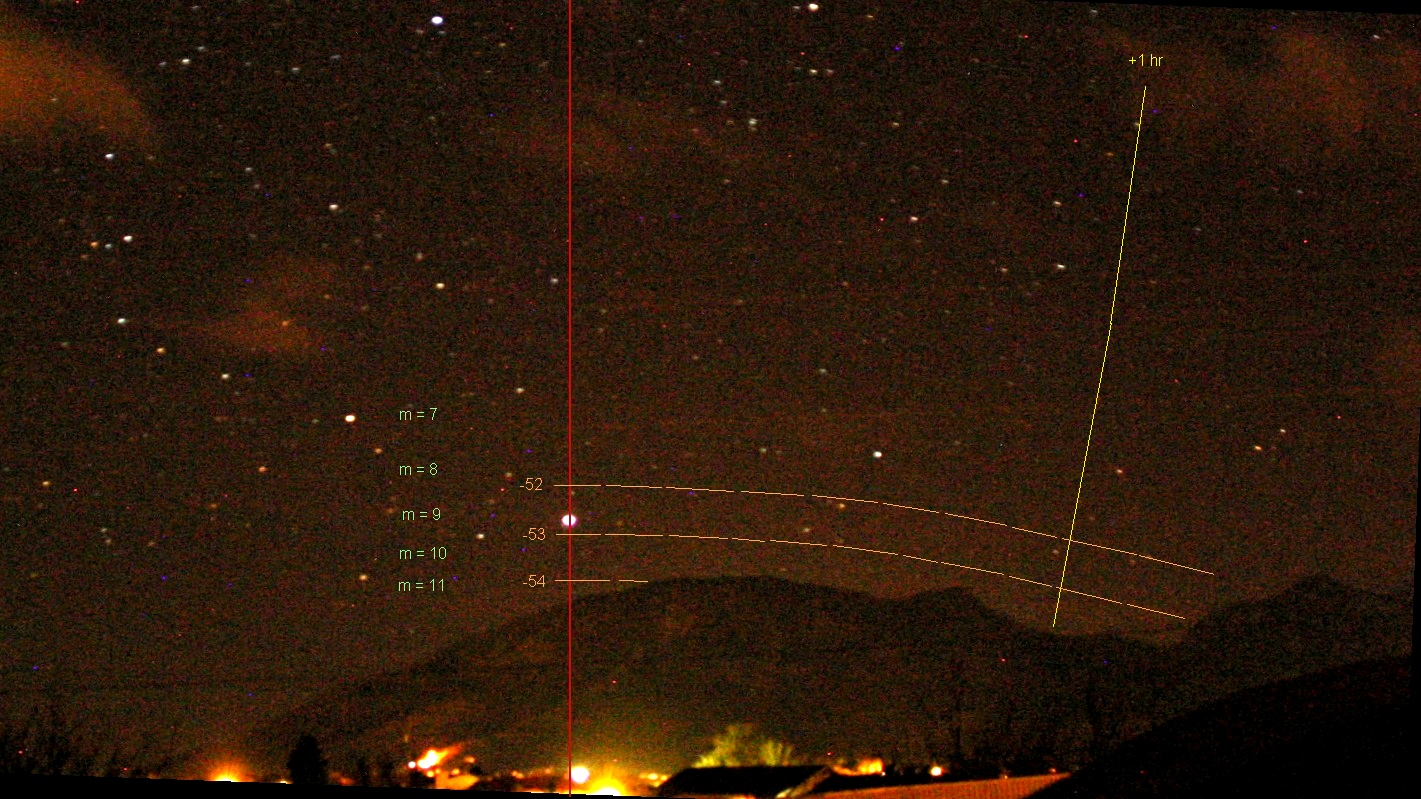 Looking south at mountains that are at 4.0 deg
elevation on the meridian (vertical red line). The star Canopus
(declination -52.7 deg) is transiting. Stars at declination -53
deg can be observed for more than an hour either side of transit,
although the air mass would be ~ 10 for most of that time.
Observations with the NIR filter would be subject to an
extinction of 0.75 magnitude at this air mass. Mexico is 7 miles
in this direction, so this sky is quite dark.
Looking south at mountains that are at 4.0 deg
elevation on the meridian (vertical red line). The star Canopus
(declination -52.7 deg) is transiting. Stars at declination -53
deg can be observed for more than an hour either side of transit,
although the air mass would be ~ 10 for most of that time.
Observations with the NIR filter would be subject to an
extinction of 0.75 magnitude at this air mass. Mexico is 7 miles
in this direction, so this sky is quite dark.